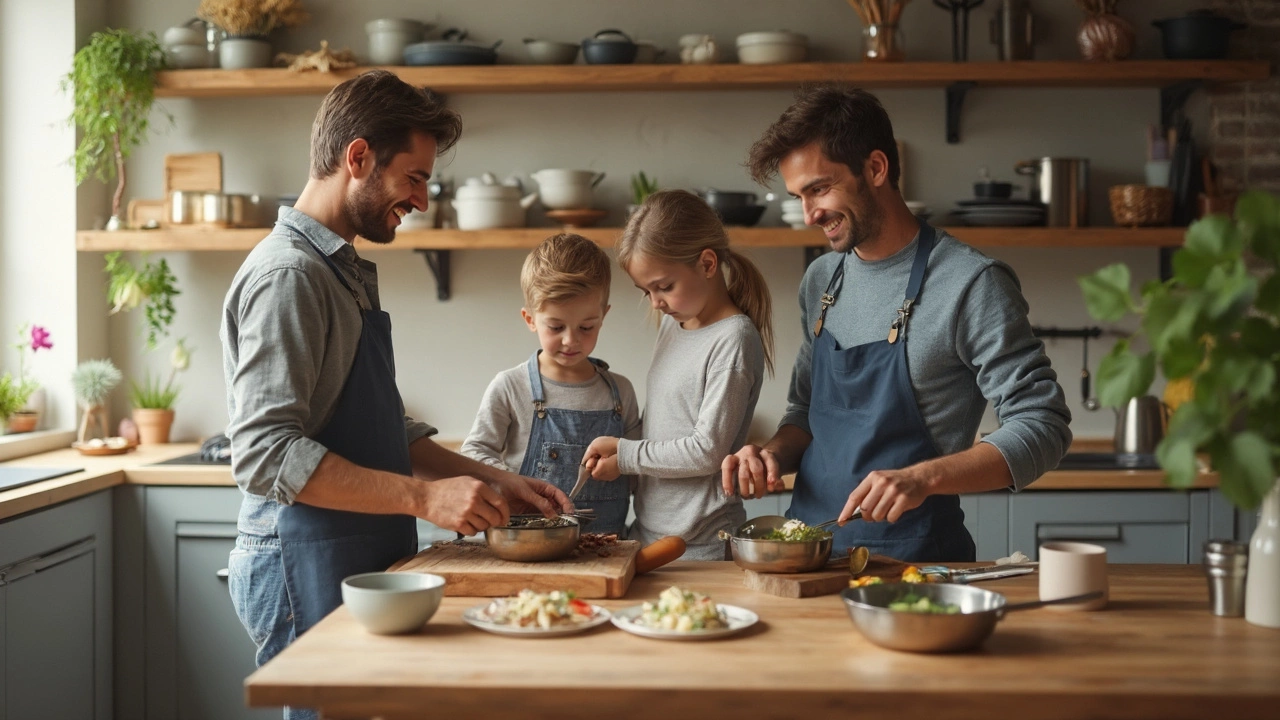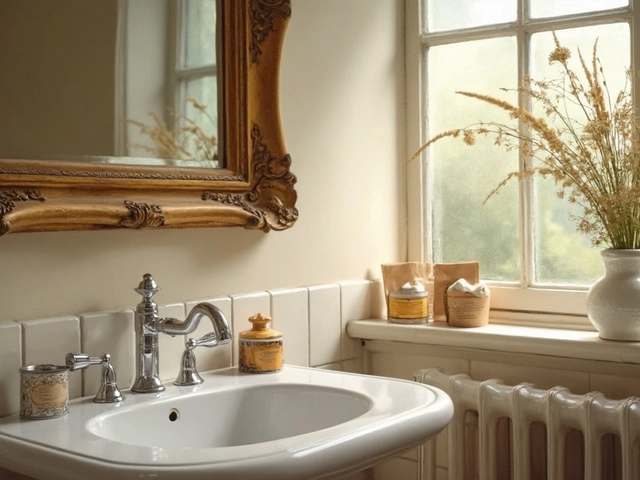Cookware Safety: Simple Steps to Keep Your Kitchen Accident‑Free
Cooking should be fun, not a reason to worry about burns or spills. The good news? Staying safe with your pots, pans, and utensils is mostly about habit. Below are everyday tricks you can start using right now.
Pick the Right Tools for the Job
Not every pan works for every dish. Heavy‑bottomed skillets spread heat evenly and reduce hot spots that can scorch food. If a pan feels flimsy, it’s more likely to warp, making liquids splash. Choose cookware with sturdy handles that stay cool on the stove – plastic grips or silicone sleeves are a safe bet.
When you shop, check the material. Stainless steel and cast iron are durable, but they need proper seasoning to avoid sticking. Non‑stick coatings are convenient, yet they can chip if you use metal utensils. Stick to wood or silicone tools for those surfaces.
Use Heat Wisely
High heat looks impressive, but most meals cook just fine on medium. Cranking the burner up forces the pan to heat unevenly, increasing the risk of burns and splatters. Pre‑heat the pan for a minute, then add oil and food. If oil starts to smoke, lower the temperature immediately.
Never leave an empty pan on a hot burner. Once the oil reaches its smoke point, it can ignite. Keep a lid nearby so you can smother a flare‑up without reaching for a fire extinguisher.
When stirring, move the spoon or spatula gently. Aggressive scraping can damage the coating and cause hot bits to jump out. A slow, steady motion keeps food from sticking and reduces splatter.
Keep Your Cookware Clean and Maintained
Residue builds up fast, especially on non‑stick surfaces. Wash pans by hand with a soft sponge and mild detergent. Avoid abrasive pads – they scratch the coating and create rough spots that catch food and heat.
If you notice a rust patch on cast iron, scrub it with steel wool, dry it thoroughly, and re‑oil the surface. For stainless steel, a little vinegar can remove stubborn stains without harming the pan.
Inspect handles regularly. Loose screws or cracked grips are warning signs. Tighten bolts or replace the handle before you start cooking.
Practice Safe Handling While Cooking
Always use oven mitts when moving hot pans. A slip can ruin a meal and cause burns. Keep pot handles turned inward so they don’t snag on the back of a chair or get knocked off the stove.
When draining liquids, use a colander set over a bowl rather than holding the pan over the sink. This steadies the pan and prevents hot water from splashing onto your skin.
If you’re using a deep pot for boiling, don’t fill it more than two‑thirds full. Boiling water expands and can spill over, causing a slip hazard.
Know When to Replace
Even the best cookware wears out. If a non‑stick pan starts to peel, it’s time for a new one – the flakes can mix with food and affect taste. Warped pans no longer sit flat, leading to uneven cooking and more accidents.
A simple rule: if a piece of cookware has lost its original shape, coating, or handle stability, retire it. Your safety and the quality of your meals are worth the upgrade.
Follow these tips, and you’ll cut down on kitchen mishaps while enjoying the process of cooking. Safe cookware means safer meals, and that’s a win for everyone at the table.

Are Non Stick Pans Still Unhealthy? What You Need to Know
Are non stick pans still risky for your health, or is that just old news? This article uncovers what's changed in non stick cookware, whether they're safe now, and things you can do to use them safely. You'll get a quick breakdown of key chemicals, what regulations have changed, and how to spot safer options. Plus, there are no scare tactics—just straight facts and practical tips for anyone who loves to cook. Discover what's hype, what's fact, and how to make your kitchen safer.
Categories
- Storage (27)
- Bathroom (18)
- Sofas (15)
- Curtains (15)
- Home Decor (12)
- Bedding (11)
- Kitchenware (11)
- Cushions (11)
- Mirrors (10)
- Rugs (9)
Popular Articles



